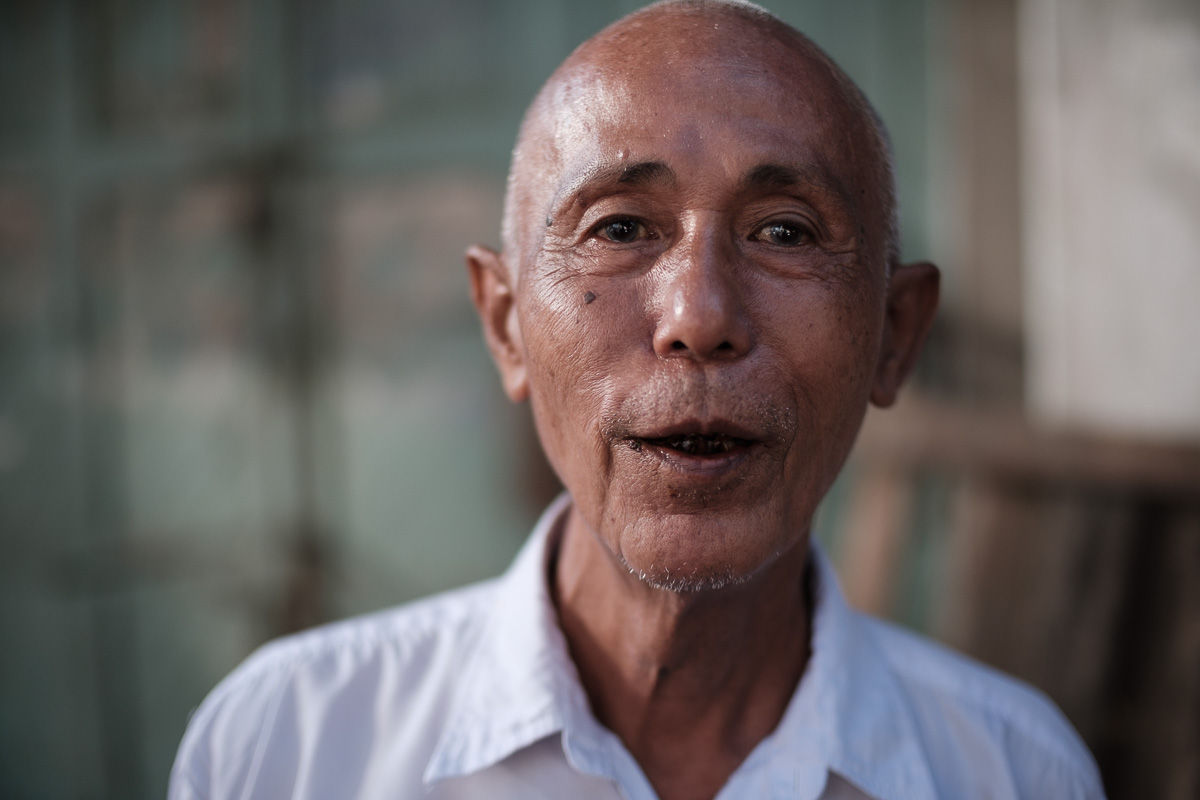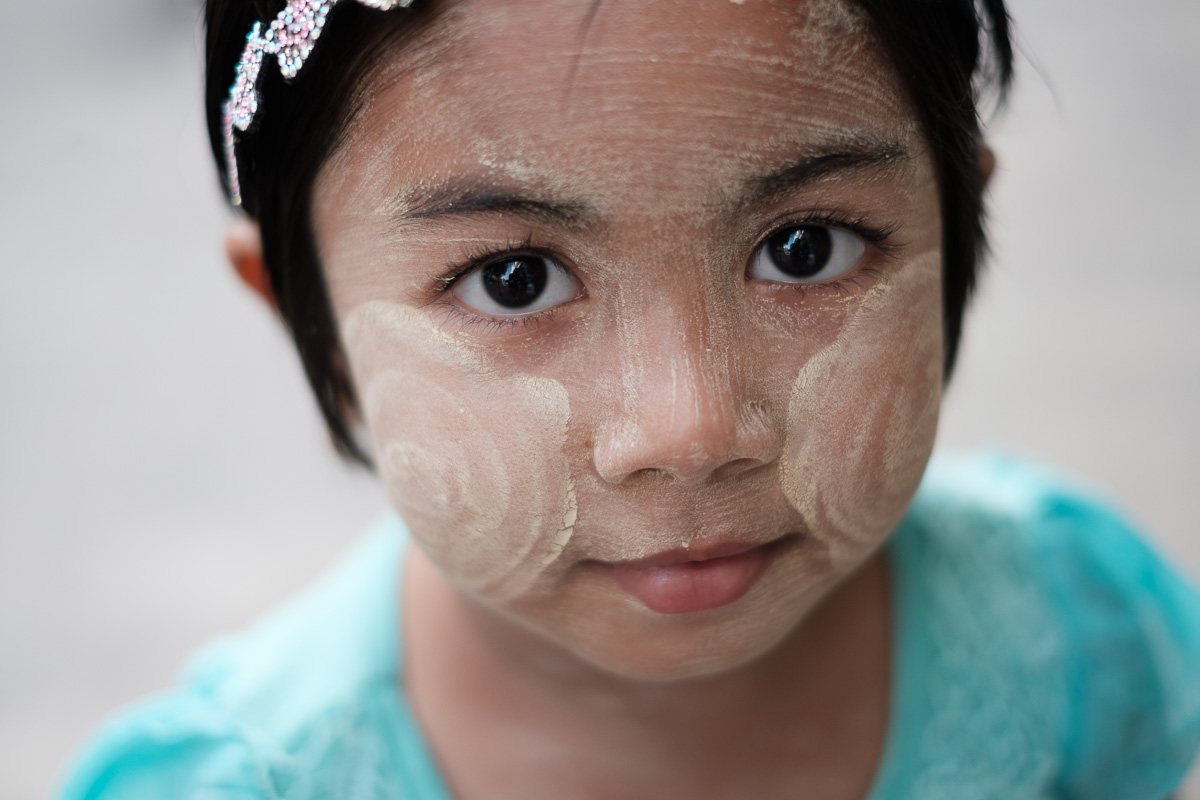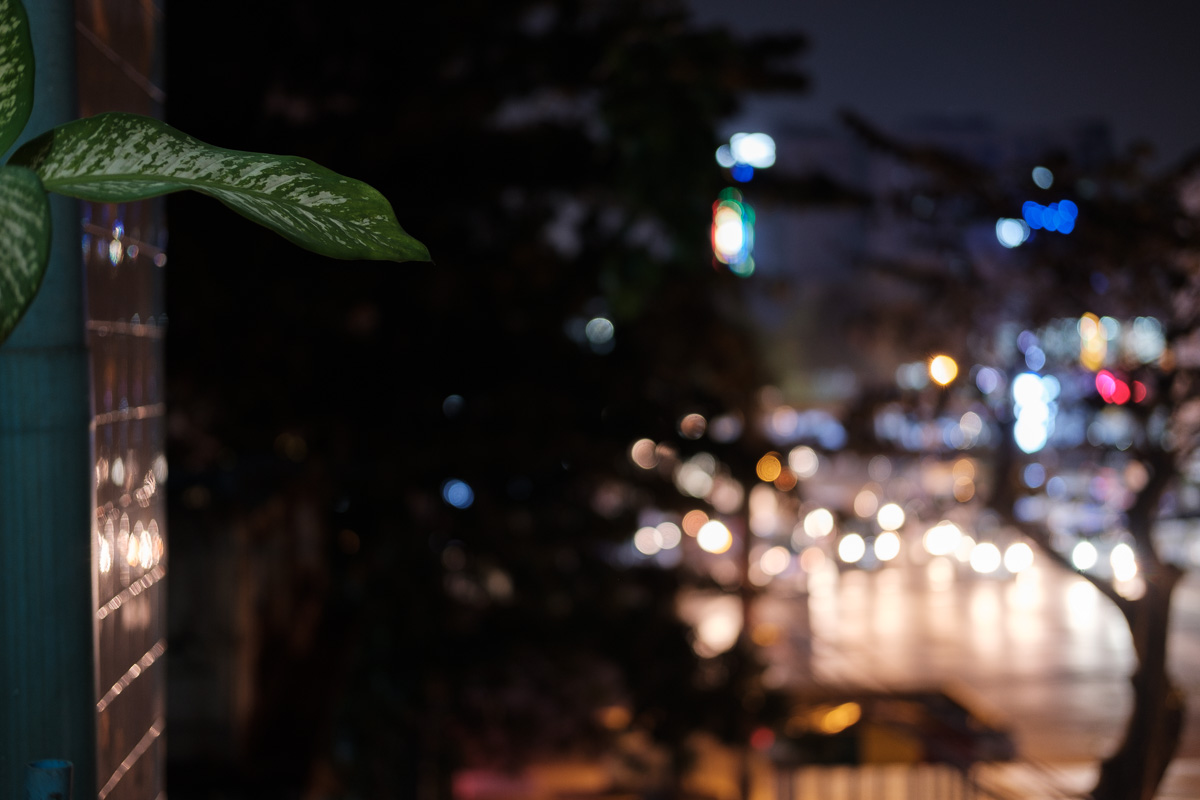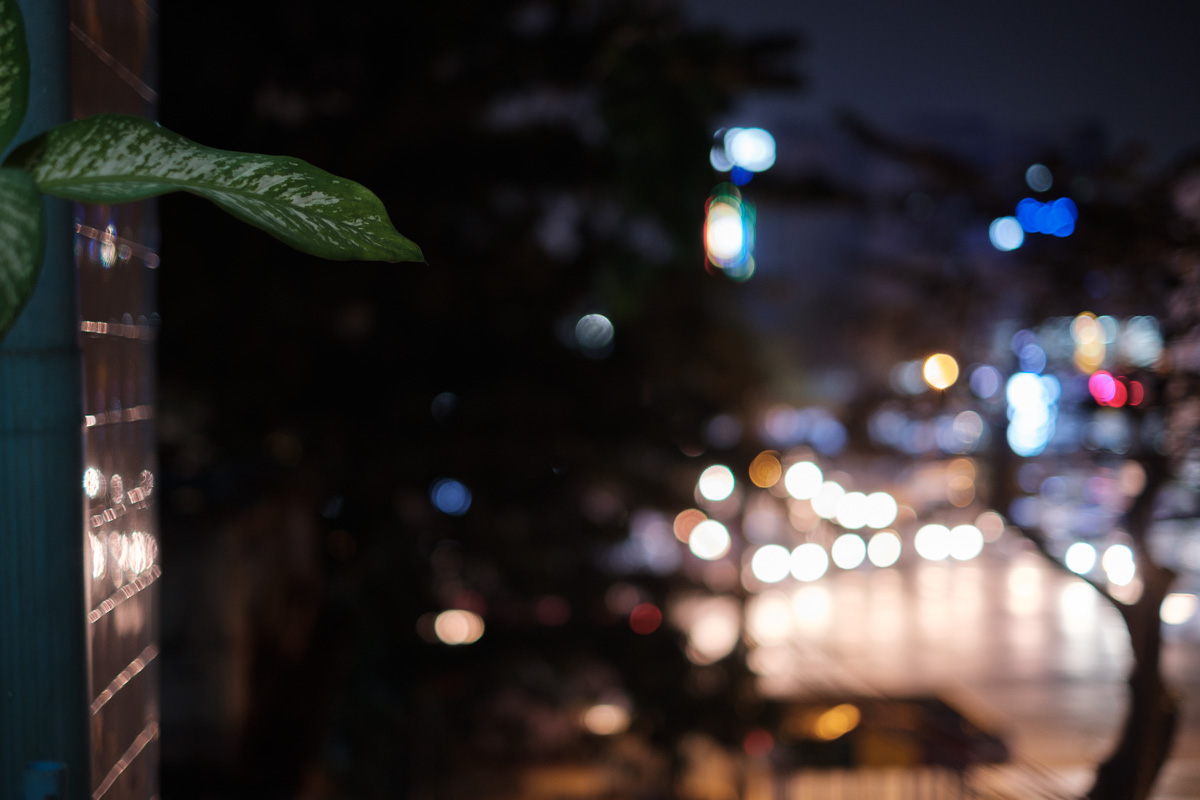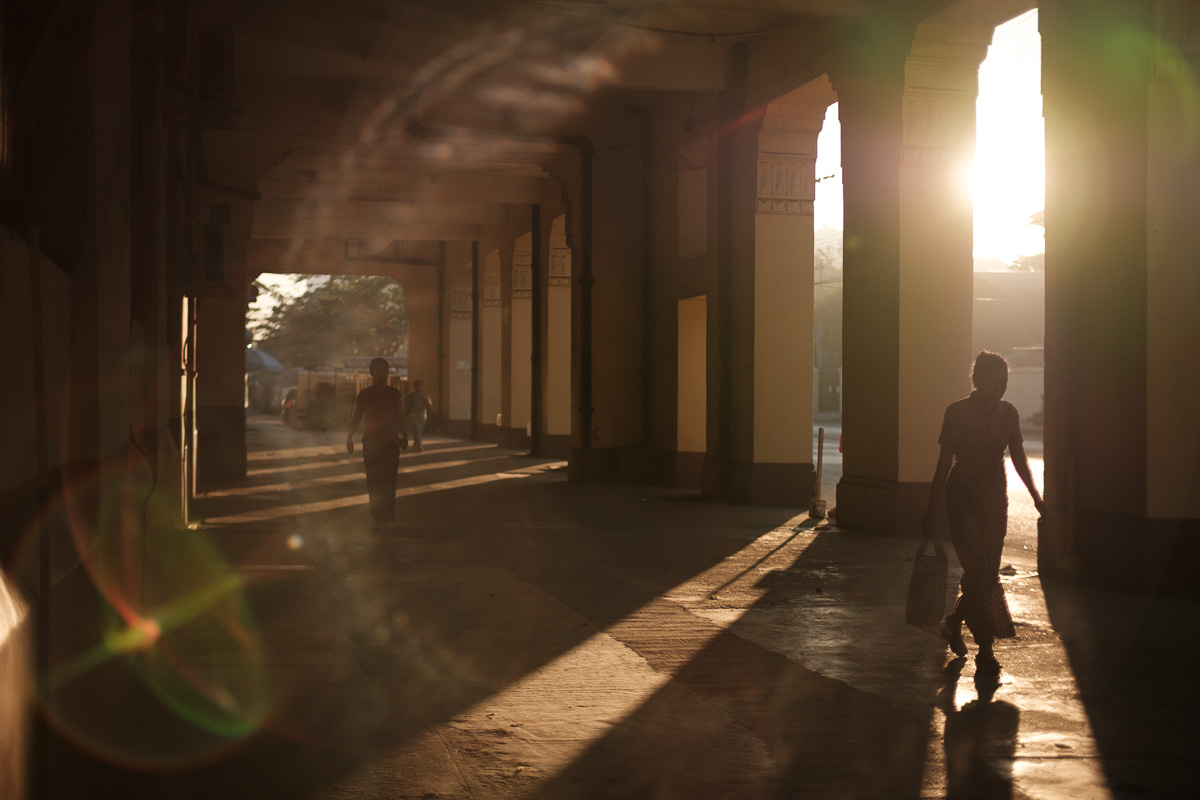The way I see it, we have three real options for a 35mm lens on the Fujifilm X system: the Fujifilm XF 35mm f/1.4, the Fujifilm XF 35mm f/2, and the ZhongYi Mitakon 35mm f/0.95. I would include the early Zeiss/Fujifilm partnership, but we all saw what happened there. So, let’s take a look at these three lovely lenses today and talk about why you might want one over the others.
Size and Weight
The two offerings from Fujifilm are significantly smaller than the ZhongYi lens. Although the physical size is only a little longer, the f/0.95 lens is much heavier. Both of the Fujifilm lenses are under 200 grams, but the ZhongYi approaches 500 grams. This is extremely noticeable on the small Fujifilm X bodies.
Focus
The ZhongYi lens is manual focus only, and that means that you’ll need to become proficient with one of the focus assistance tools that Fujifilm provides. In my experience, focus peaking is the easiest to use, but still can be quite difficult with extremely wide apertures. If you’re not comfortable with manual focusing, the two Fujifilm lenses are much better options for you.
The f/1.4 lens was in Fujifilm’s initial batch of lenses when the X Series was first introduced. As such, it contains Fujifilm’s most rudimentary technology. Focusing is not internal, nor quiet, nor fast. Although improvements have been made to its speed over the years through firmware updates, it’s not the speediest of the bunch by a long shot. The f/2 lens, on the other hand, contains Fujifilm’s most up-to-date technologies and is silent, fast, and internally focusing. If you’re looking to track fast moving subjects and nail focus every time, the f/2 version is certainly the best choice.
Optical Quality
Sharpness
All three of these lenses are acceptably sharp. You’ll be happy with any one of them. However, there are slight differences that may be important, depending on how you hope to use the lens. Some may manifest more than others in the real world.
Of all three, the 35mm f/2 WR has a slight edge in sharpness wide open. However, once the other two are stopped down to f/2, that edge moves to the f/1.4 lens with the f/0.95 still lagging slightly behind both. It is important to note that we’re talking about the centre of the frame here. The corners are a different story.
Wide open, all suffer from degradation in the corners. For the two Fujifilm lenses, that is only slight, but for the ZhongYi, it is a big difference in sharpness. As we stop down, both Fujifilm lenses become very sharp right to the edges of the frame with a slight advantage going to the f/1.4 lens, in my opinion. The ZhongYi, however, never really gets sharp corners. Even at f/11 or f/16, the extreme corners remain almost completely free of fine detail. If you’re planning to use the edges of the frame anywhere under f/8, one of the Fujifilm lenses would be a better choice for rendering fine detail.
Bokeh
This is going to be really subjective, so I have included examples shot wide open on all three lenses throughout the article. Here I’ll share a few examples of pin lights and how each lens reacts.
My personal feelings on the bokeh are as follows. I love the nature of the f/0.95 lens’ bokeh. At certain focus distances, it has an almost “medium-format” quality to it. It feels like the depth of field is almost too narrow to be true and that gives it quite an ethereal feeling. However, the 35mm f/1.4 is also capable of beautiful out of focus areas. The only one I personally don’t ever get a feeling of satisfaction from is the f/2 lens. That is more of a “get the job done” type of lens for me.
Pay special attention to the size and “swirl” of the pin lights in the frame, but also to the uniformity of their rendering. Also look at the wall just behind the leaves and note it’s shape and how the reflected bokeh balls render. You should also be able to see the contrast differences between the lenses, especially if you look at the dark tree in the centre of the frame.
Chromatic Aberration & Vignette
Fujifilm’s automatic lens corrections do a good job of making sure both of their lenses are excellent performers here. However, you will still see some fringing in extreme situations from both of the lenses. The ZhongYi, on the other hand, does not benefit from the lens corrections, and thus its flaws are much more noticeable. I have included some examples of those here as the vignette is very deep and the fringing can take a little extra time to reduce in post-production.
Flare
Here is one optical quality where the differences are significant between the three lenses. The Fujifilm 35mm f/2 WR exhibits almost total flare resistance. It is quite difficult to cause any artifacts or loss of contrast with this lens. The Fujifilm 35mm f/1.4 sometimes produces halos around high contrast subjects and can have some visible artifacts and loss of contrast in extreme situations. Finally, the ZhongYi Mitakon 35mm f/0.95 should simply be kept away from light if you wish to avoid flare. Any light directly entering the lens will cause significant flare. Sometimes it will come as contrast reduction. Other times, however, you will see extreme artifacts. Wide open, these manifest as white “hairy” rings. By f/1.4 that ring is a red blazing circle, and beyond that, the shape of the aperture appears in red or green polygons that look like old science fiction films.
Which One To Buy
Now that we’ve looked a little at each of the lenses and compared them, let’s stack them up against each other by looking at pros and cons. This should be a question of practicality, but in reality, it’s a little more complicated. All three lenses are optically great, but have their own special characters. So, I’ll make my recommendations based on both practical concerns and artistic ones.
If manual focus isn’t a worry for you, then instantly the ZhongYi becomes a valid choice. It boasts the most extremely narrow depth of field and most unique bokeh. However, being a third party lens means that you’ll need to deal with CAs and vignetting manually. It also is the most susceptible to flare and that flare is not always pleasing. It is also the largest, heaviest, and most expensive of the three.
Technically speaking, the 35mm f/2 WR is the superior lens among these three. It is a little sharper than the other two, faster focusing, weather resistant, and very rarely flares or shows any purple/green fringing. With that being said, it lacks a little of the “feeling” you get from the other two lenses. It is the smallest, lightest, and least expensive of the three.
Finally, Fujifilm’s “original” 35mm f/1.4 sits somewhere in between the other two. Wide open, it is a little softer than it’s f/2 brother, has a little remaining fringing, and is more susceptible to flare. However, the aperture is a stop brighter and there’s something special about the images that come from it when the stars align. It’s size and weight are almost exactly the same as the f/2 lens, but it is a touch more expensive. Finally, its autofocus, although much improved, is still much slower than the newer lens.
My Personal Favourite
For what it’s worth, my personal favourite is still the XF35mm f/1.4. I love that it’s imperfections are still somewhat present after the lens corrections are applied and I also love the slightly narrower depth of field over the f/2 lens. To me, this is the lens I reach for when I want to make images.


